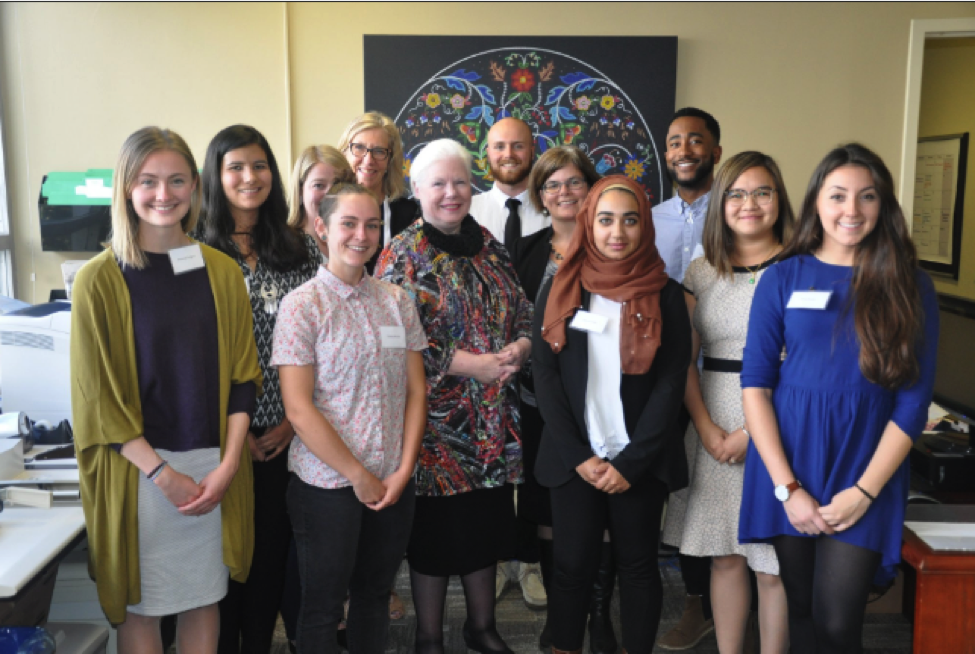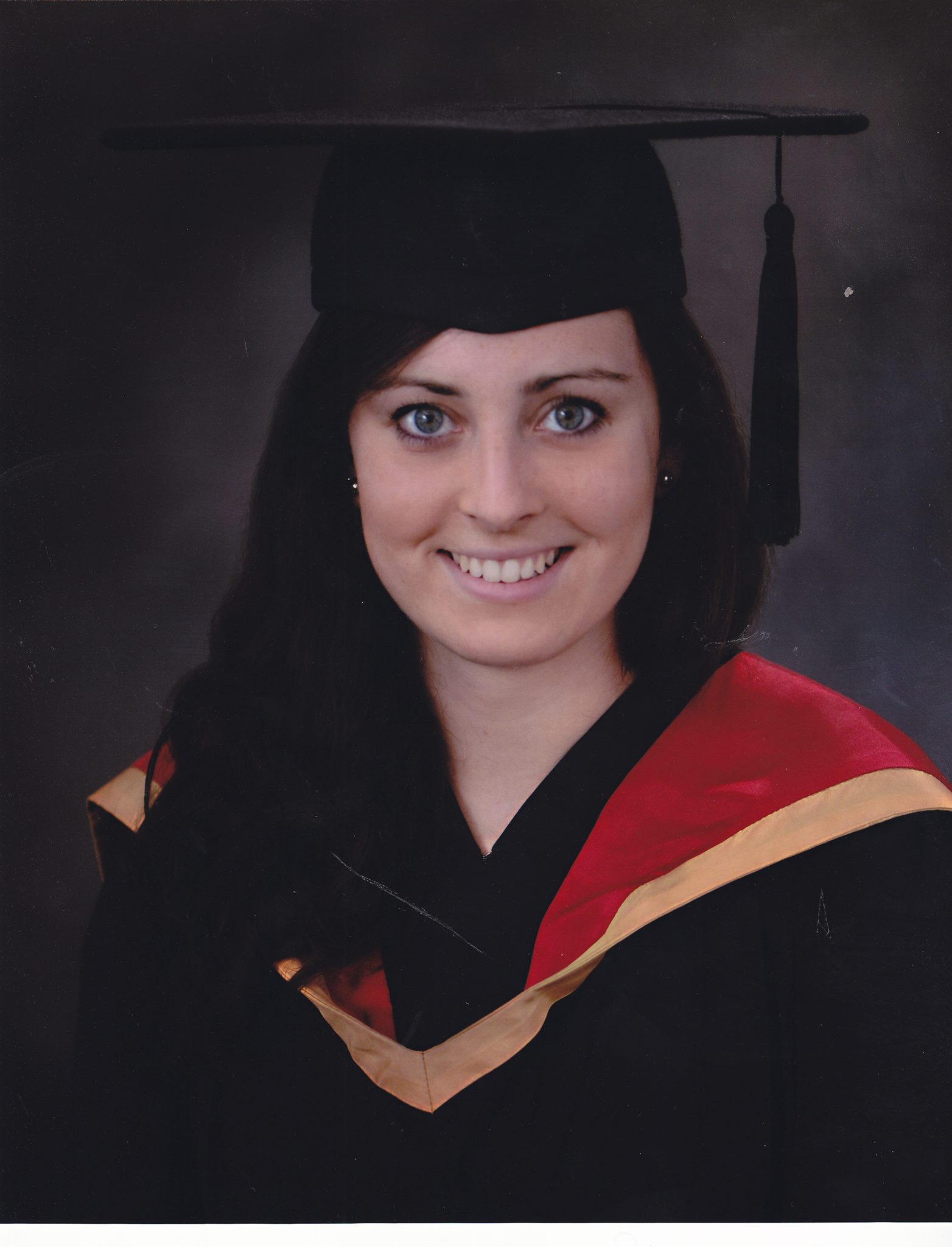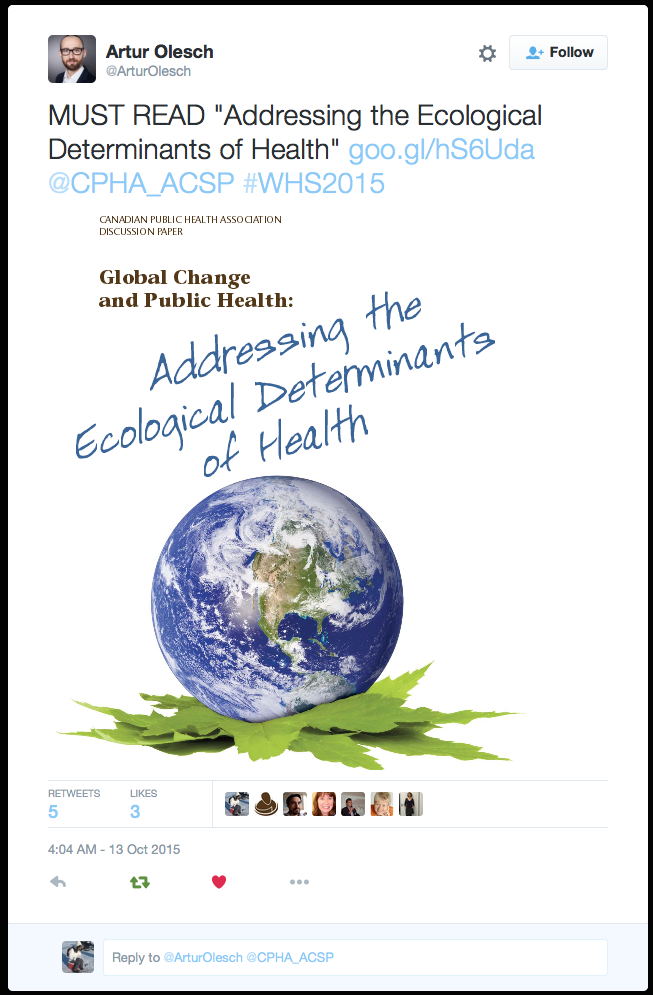PDF Copy of Letter Re: Open Letter on Government of Newfoundland and Labrador’s Decision on Muskrat Falls
As professors and health researchers who have had the great privilege and pleasure of working in the Nunatsiavut region of Labrador for almost a decade, we are writing this open letter to express our perspectives on the recent decisions to not act on scientific evidence to remove organic materials (topsoil, vegetation, and trees) from the Muskrat Falls reservoir and surrounding area.
Under the current development scenario, not only will there be dramatic environmental alterations in an area that is historically and culturally significant to the Indigenous Peoples of Labrador, but research indicates that people in the region will be exposed to methylmercury well above regulatory guidelines from Health Canada and the United States Environmental Protection Agency. The science is clear: without removing organic material from the site to be flooded, methylmercury levels in the Lake Melville ecosystem are anticipated to significantly increase, leading to contamination of important country food sources in the region, and leading to increased methylmercury exposure for Indigenous peoples in the region reliant on these food sources. Methylmercury exposure can have harmful health impacts: scientific literature and medical studies show that long-term dietary exposure to methylmercury is linked to brain development problems in children and can damage the nervous system in adults; and children who are exposed while they are in the womb can have deficits in cognitive thinking, memory, attention, language, fine motor skills, and visual spatial skills.
It is a cultural right of Inuit and Indigenous peoples in the region to continue to rely on the land for sustenance, livelihoods, and food security, as their ancestors have for thousands of years. To disrupt important keystone food sources such as fish and seal, and render them inedible and harmful to human health, causes serious impacts to food sovereignty in the region and impacts cultural continuity, history, and heritage. Furthermore, this is a human rights issue – the right of Indigenous peoples in the region to continue to enjoy harvesting from the land for food security, culture, and wellbeing. As such, there is a human responsibility to respond based on the best available scientific evidence and Indigenous science and oral history. Economic compensation will never fully compensate for the loss of food security and cultural wellbeing that comes from actively engaging in land-based activities – activities that have sustained Indigenous people in Labrador for thousands of years. There will also be continued health and social disruptions, leading to increased healthcare costs for physical and mental health issues, and further needless financial burden on individuals, communities, and the government.
Mitigation is possible. The future of how this development continues can still be altered. There is still the opportunity to #MakeMuskratRight. There is still the opportunity to value human and environmental life and health above pressures of a large crown corporation, funded by tax payers, and follow the precautionary principle to ensure the continued survival – and thriving – of the First Peoples of Labrador who will experience the downstream effects.
As scientists and scholars, we stand in solidarity with the Nunatsiavut Government and their recommendations for the removal of trees, vegetation, and soil before flooding and for more environment-health monitoring and management with Inuit partnership. We also stand in solidarity with Indigenous peoples of Labrador, with Inuit Tapiriit Kanatami, and with all the concerned citizens and organizations who have expressed concern and condemnation for this development, and call for immediate evidence-based action to support human and environmental health, and for stronger, more respectful, and more authentic Nation-to-Nation relationships.
Sincerely,
| Dr. Ashlee Cunsolo Director Labrador Institute of Memorial University College of the North Atlantic Building PO Box 490, Station B Happy Valley-Goose Bay, NL, A0P 1E0 E: ashlee.cunsolo@mun.ca | P: 709-896-4702 W: ashleecunsolowillox.ca T: @AshleeCunsolo |
Dr. Sherilee Harper Assistant Professor in EcoHealth Department of Population Medicine Ontario Veterinary College University of Guelph Guelph, Ontario, Canada, N1G 2W1 E: harpers@uoguelph.ca | P: 519-824-4120 ext. 58392 W: www.sherileeharper.com T: @Sherilee_H
|

 In mid-September, I received an e-mail from Janet Doner, Manager of Community Engagement and Global Citizenship at the University of Guelph, inviting me to be part of a small group of students to have a conversation with the Lieutenant Governor of Ontario, Elizabeth Dowdeswell. Her Honour had specifically requested to meet with a group of students who are engaged in a variety of initiatives on and off-campus, and I was fortunate enough to have been recommended by staff and faculty members.
In mid-September, I received an e-mail from Janet Doner, Manager of Community Engagement and Global Citizenship at the University of Guelph, inviting me to be part of a small group of students to have a conversation with the Lieutenant Governor of Ontario, Elizabeth Dowdeswell. Her Honour had specifically requested to meet with a group of students who are engaged in a variety of initiatives on and off-campus, and I was fortunate enough to have been recommended by staff and faculty members. After graduating from the EcoHealth Lab where she studied childhood malnutrition, Sarah Syer is continuing her health research career as a Research Assistant at ErinoakKids Centre for Treatment and Development (Mississauga). The research project she is working on is funded by the Ontario Brain Institute (OBI) and is called CP-NET (Childhood Cerebral Palsy Integrated Neuroscience Discovery Network), which aims to improve the understanding of cerebral palsy and accelerate the development of new treatments. She is working closely with a developmental paediatrician, who is the principle investigator at the ErinoakKids site.
Interested in learning more about the organization that Sarah is now working with? Click below to learn more about OBI's plan and goals for the project:
After graduating from the EcoHealth Lab where she studied childhood malnutrition, Sarah Syer is continuing her health research career as a Research Assistant at ErinoakKids Centre for Treatment and Development (Mississauga). The research project she is working on is funded by the Ontario Brain Institute (OBI) and is called CP-NET (Childhood Cerebral Palsy Integrated Neuroscience Discovery Network), which aims to improve the understanding of cerebral palsy and accelerate the development of new treatments. She is working closely with a developmental paediatrician, who is the principle investigator at the ErinoakKids site.
Interested in learning more about the organization that Sarah is now working with? Click below to learn more about OBI's plan and goals for the project:
